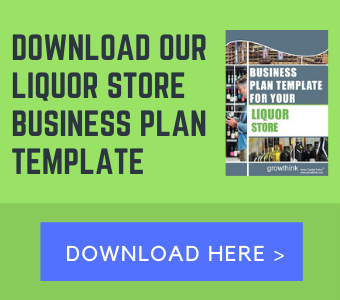Liquor Business Plan Template
If you want to start a Liquor business or expand your current Liquor, you need a business plan.
The following Liquor business plan template gives you the key elements to include in a winning Liquor business plan.
Liquor Store Business Plan Example
Below are links to each of the key sections of a business plan for a liquor store:
I. Executive Summary
II. Company Overview
III. Industry Analysis
IV. Customer Analysis
V. Competitive Analysis
VI. Marketing Plan
VII. Operations Plan
VIII. Management Team
IX. Financial Plan
Click below to see each section of our free liquor store business plan template. You can also click here to get our liquor store business plan pdf.

